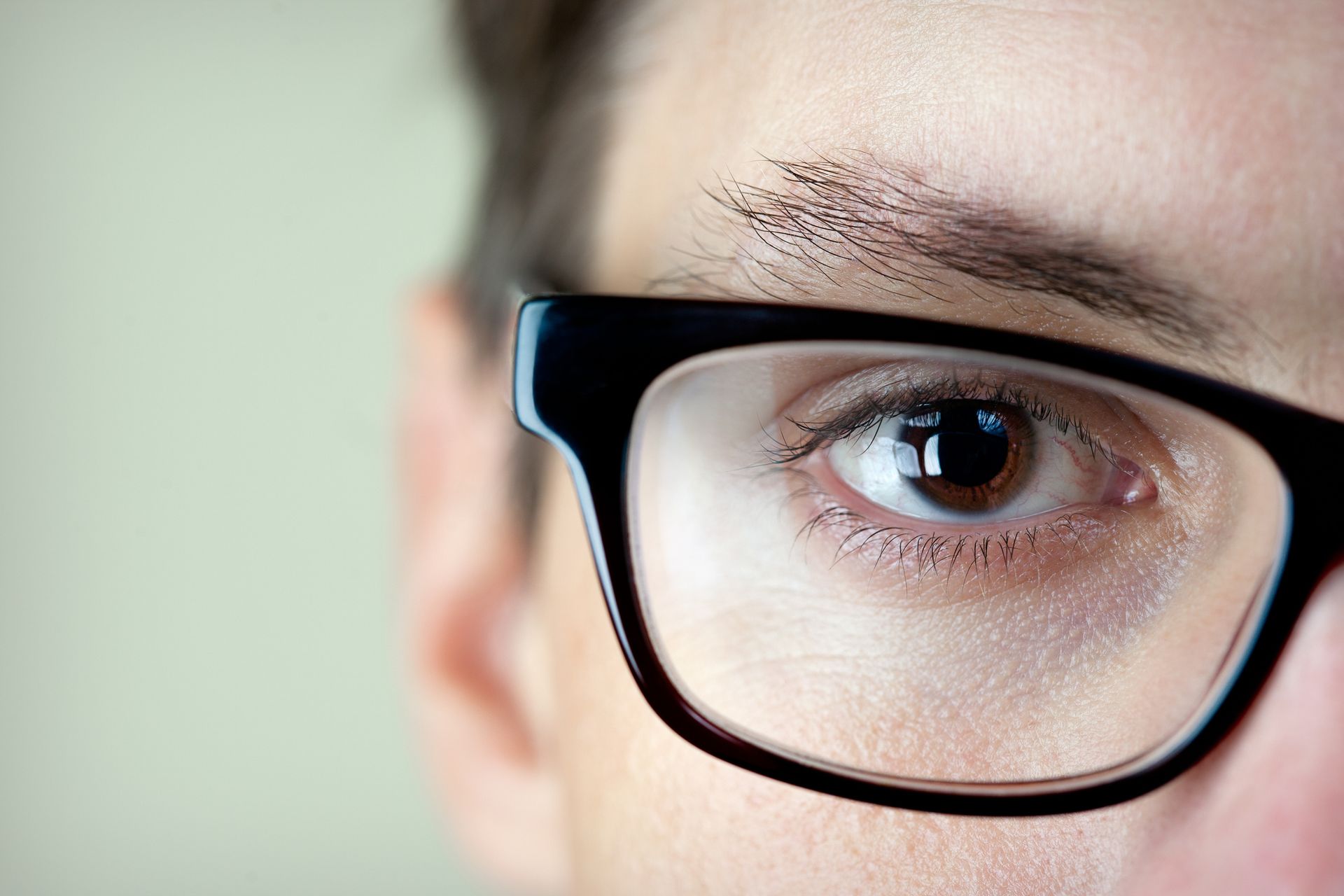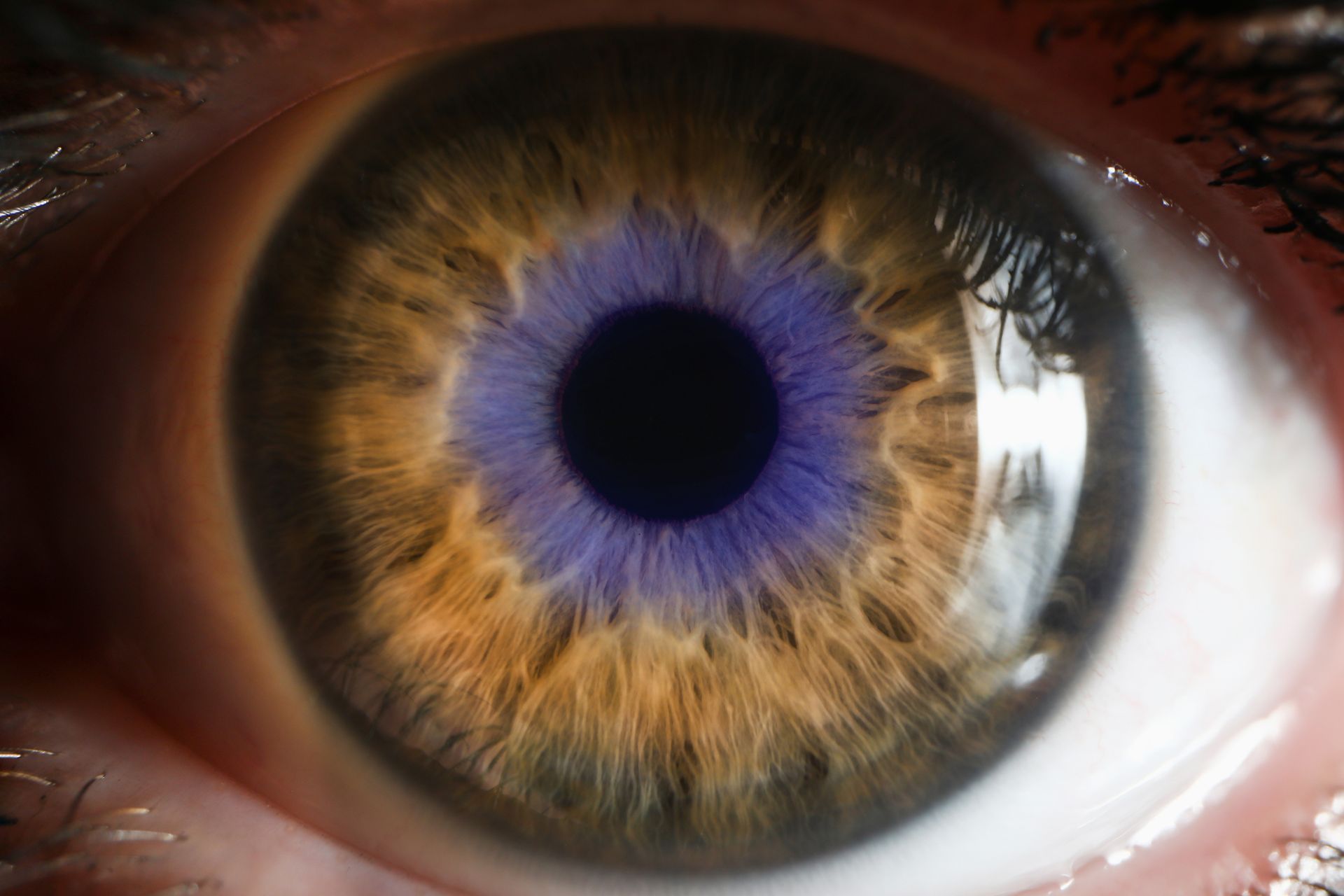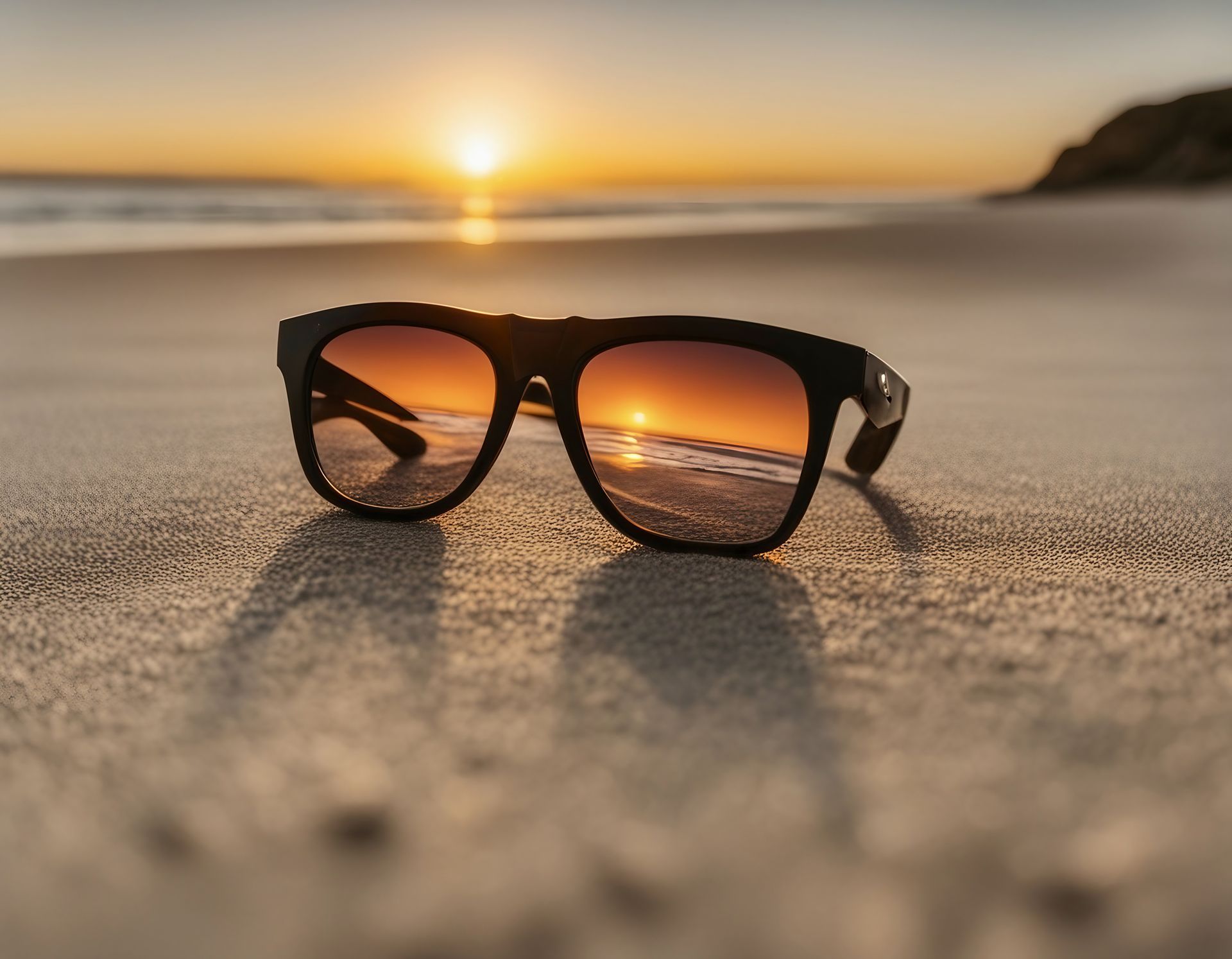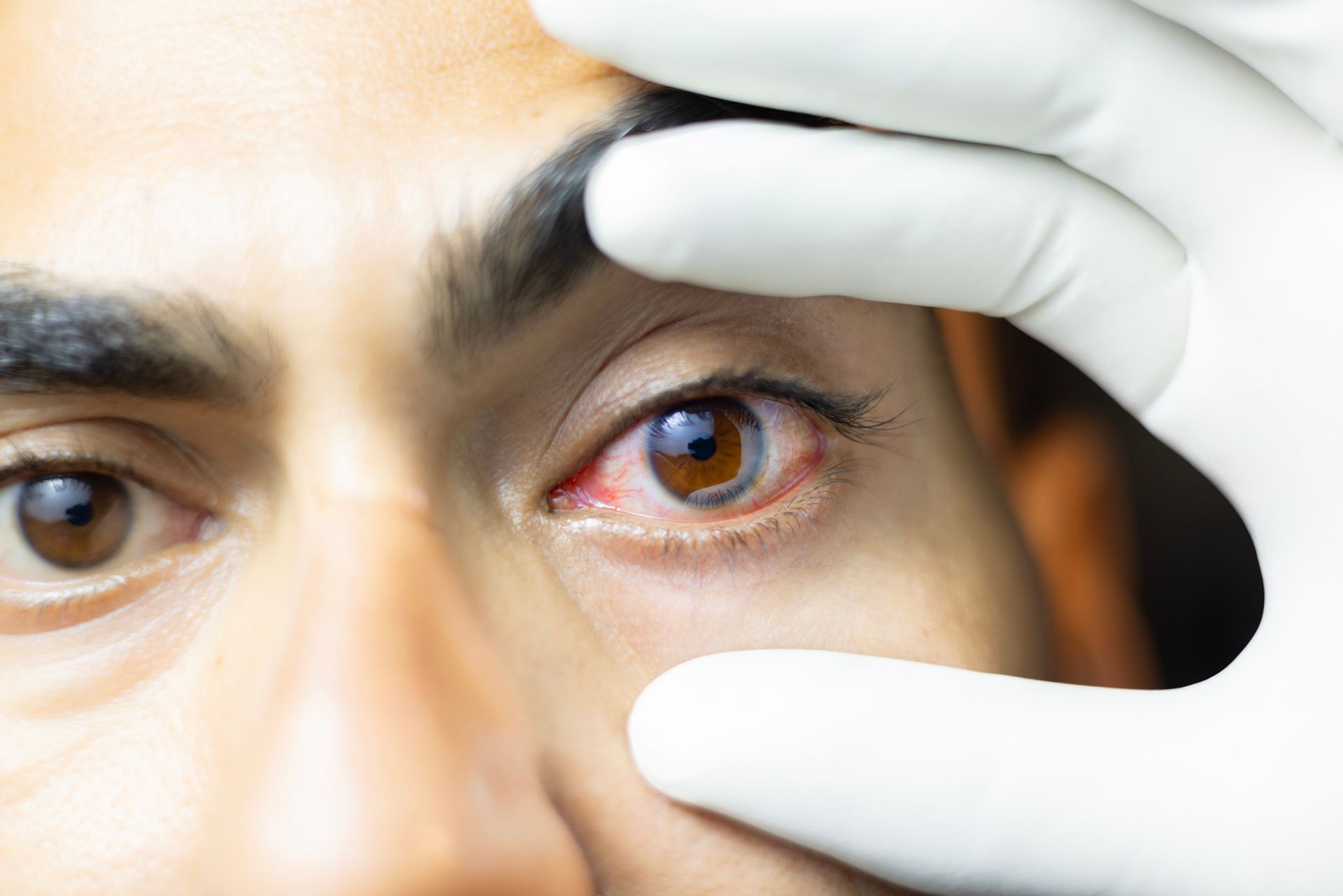Hyperopia: What Is Long-Sightedness?

Hyperopia, also known as long-sightedness, is a condition where it's easier to see things in the distance than up close. It’s common, especially in children, but many people don’t even realise they have it.
What Causes Hyperopia?
Hyperopia occurs when the eye is shorter than normal, or when the front part of the eye (the cornea) is too flat. This causes light to focus behind the retina, making it difficult to see things clearly up close.
Signs and Symptoms of Hyperopia
- Eye strain or tired eyes, especially during reading or other close tasks
- Blurred vision at near (or even at distance, if hyperopia is severe)
- Headaches, squinting, or avoiding tasks that require close-up focus
- In children: problems with attention, reading, or learning
Why Is Hyperopia Important to Address?
Young eyes are flexible and can "work harder" to bring things into focus. However, over time, the extra effort can cause eye fatigue, discomfort, and lead to conditions like eye turns (strabismus) or lazy eye (amblyopia).
How to Correct Hyperopia
- Prescription glasses for reading, schoolwork, or all-day wear
- Contact lenses, particularly for older children or adults
- Vision therapy if additional support for eye coordination or focusing is needed
Related Articles:
→ Amblyopia: What Is Lazy Eye?
→ Glasses for Everyday: Why Simpler Can Be Better
→ Eye Tests for Kids: What’s Involved and Why It Matters
References:
- Leone JF et al. Prevalence of hyperopia in Australian children. Clinical and Experimental Optometry. 2010.
- Wallace DK et al. Visual screening and hyperopia in children. Pediatrics. 2018.
- Optometry Australia. Paediatric Vision Guidelines. 2023.
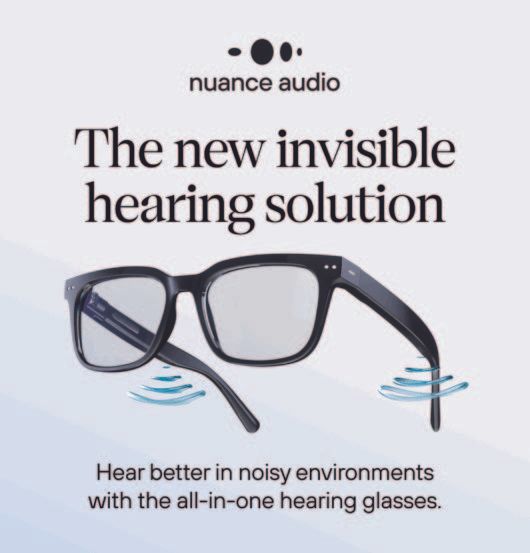
The New Invisible Hearing Solution: Nuance Audio - now available at Vision Michael Hare Optometrists
